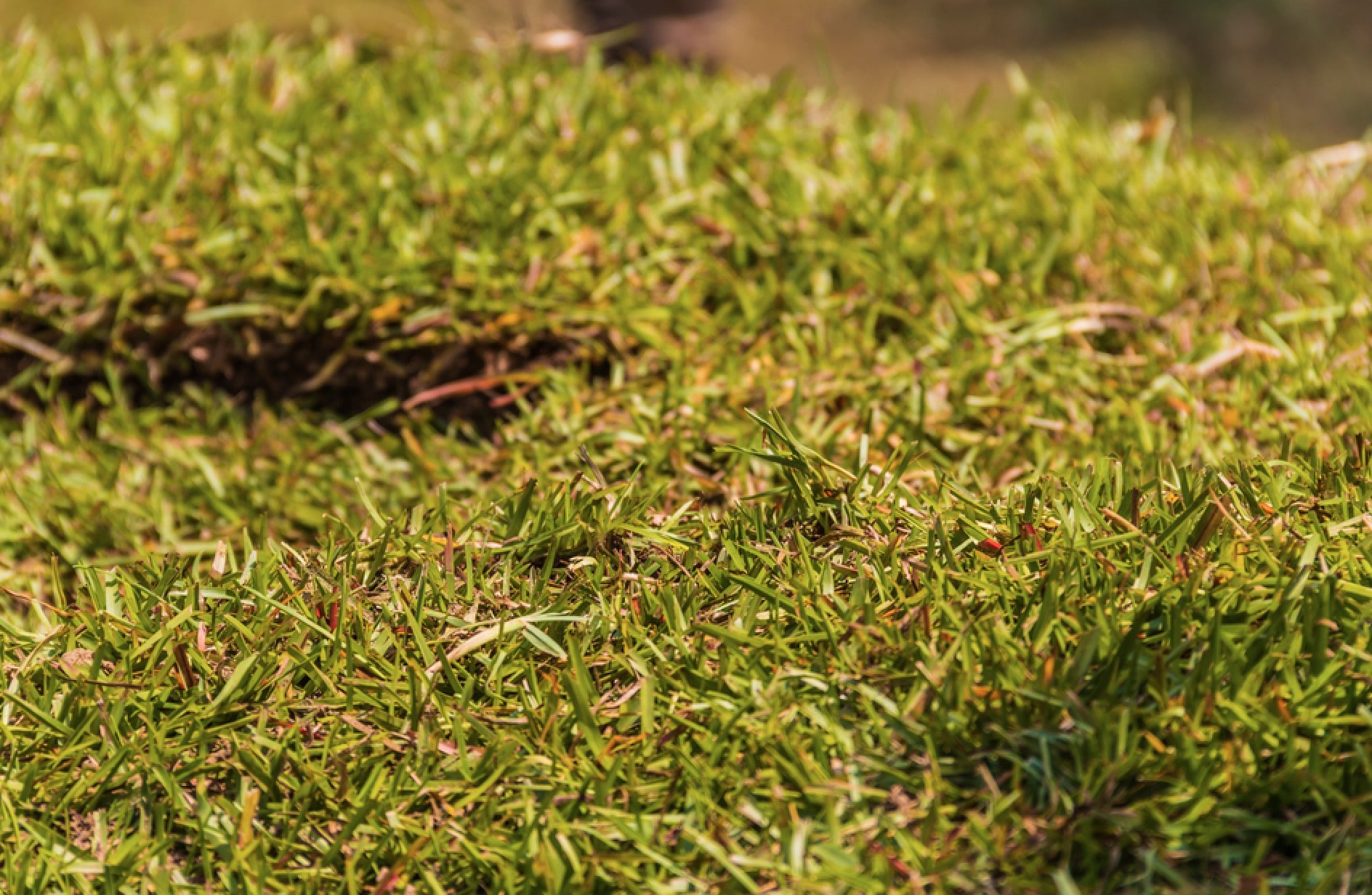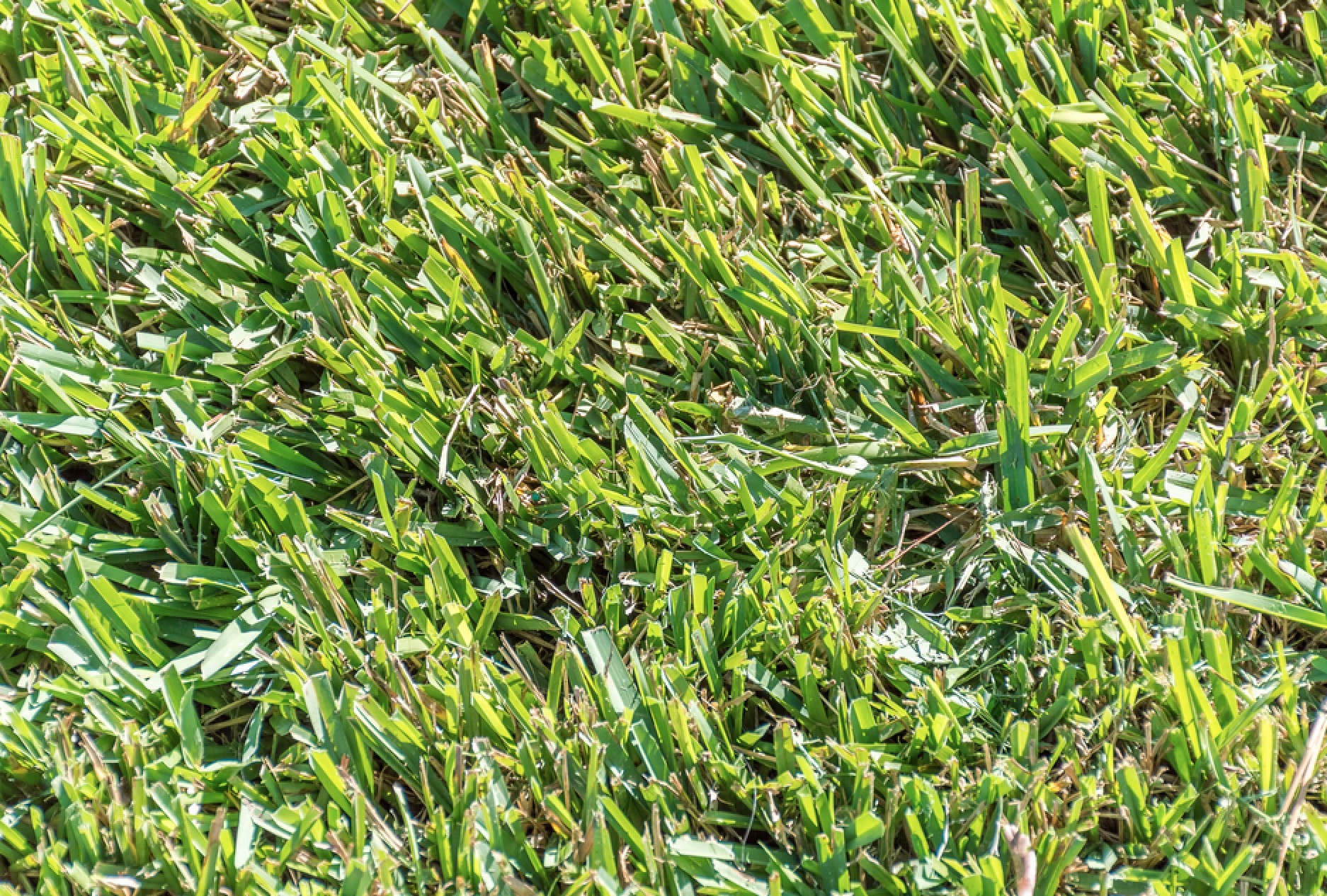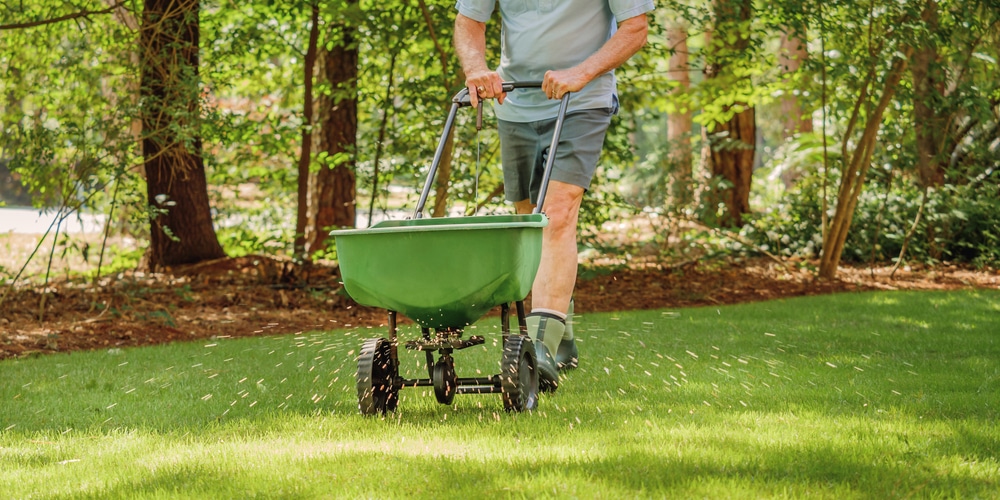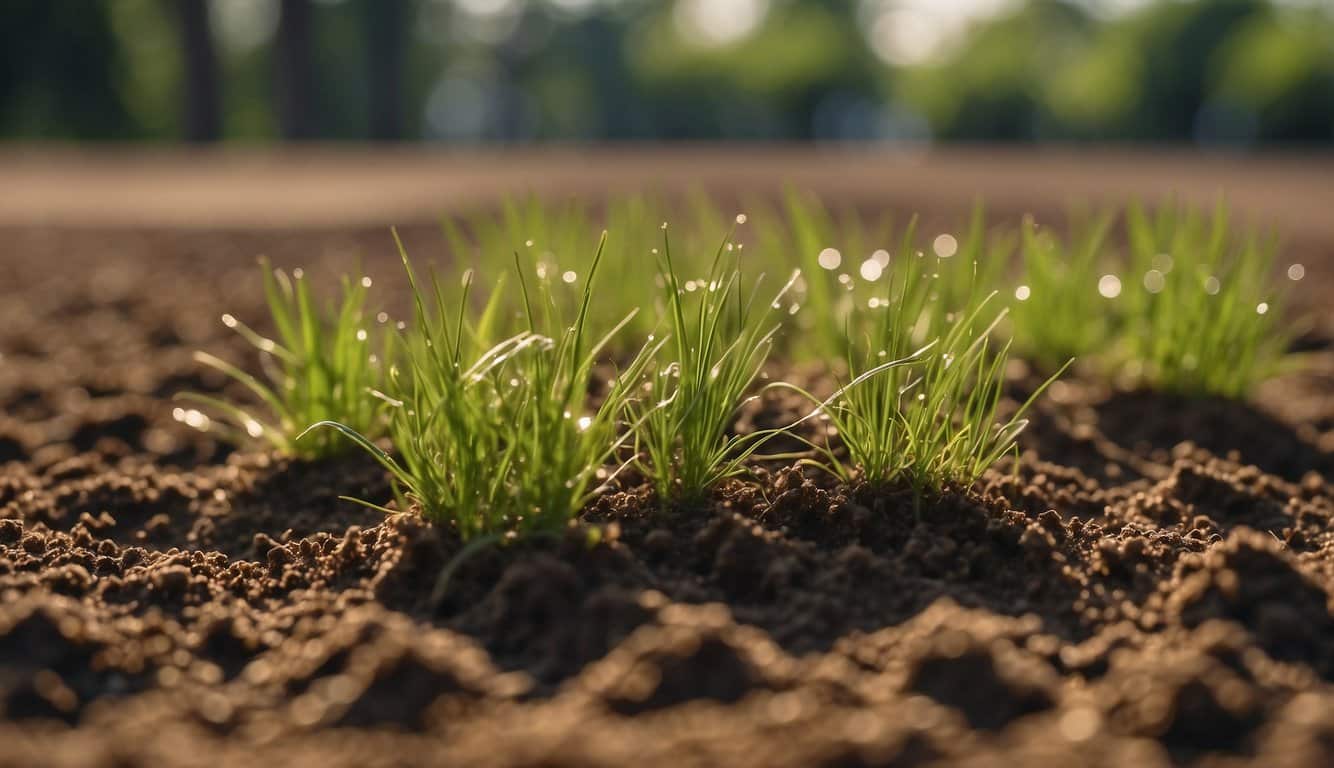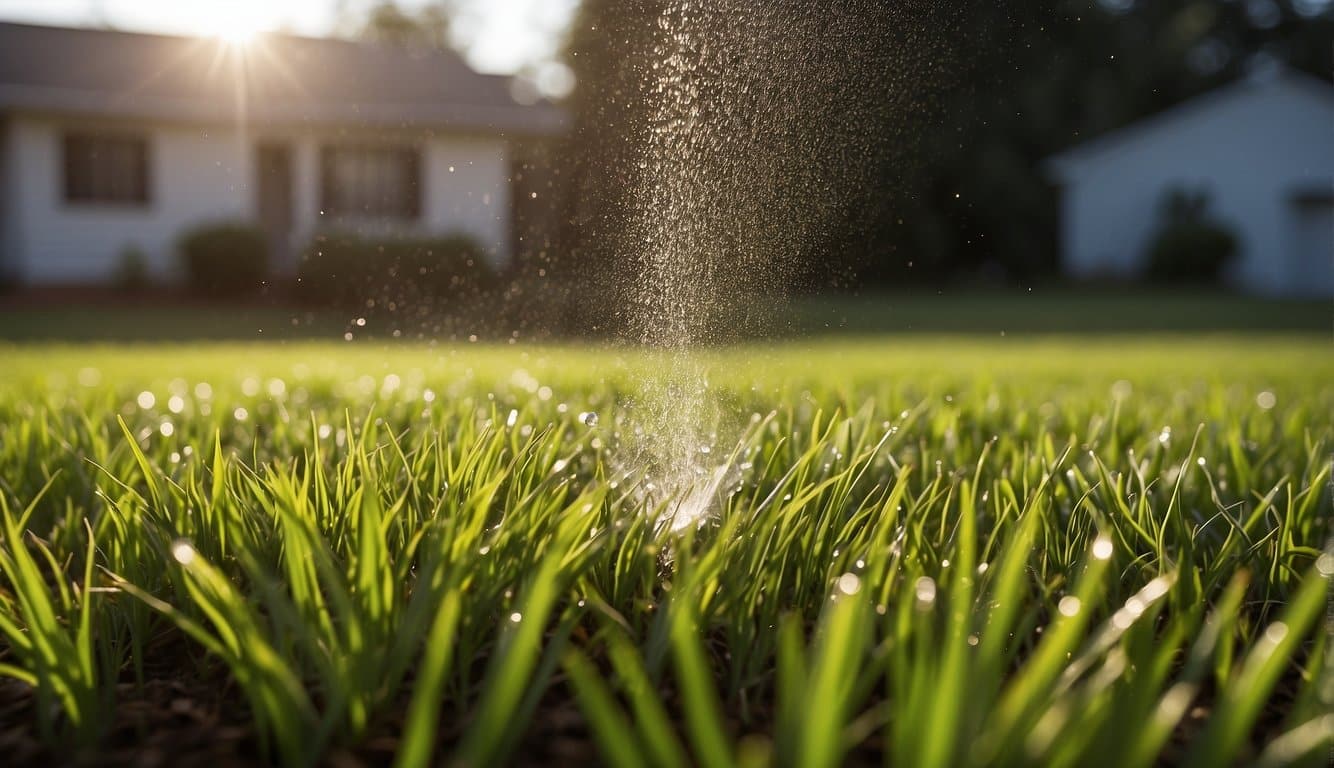| Question | When to Plant and Fertilize Centipede Grass in South Carolina? |
|---|---|
| Answer | Plant in late spring to early summer; fertilize in late spring/early summer. |
| More Info |
|
In South Carolina, the best time to plant centipede grass is late spring to early summer, when soil temperatures consistently reach 70°F, typically around May to June. This timing ensures the soil is warm enough for seed germination and early growth.
Fertilization of centipede grass should be minimal, as it prefers low fertility conditions. The optimal time to apply fertilizer is in late spring or early summer, just as the grass begins active growth, using a complete fertilizer with a low nitrogen content to avoid overstimulation.
Centipede Grass: The Basics
Centipede grass, scientific name Eremochloa ophiuroides, is a durable warm-season turfgrass well-suited to certain regions in the South, including South Carolina. It displays a medium texture and light green coloration, distinguishing it from other lawn grass species which are often darker green.
Developing an understanding of this grass’s growth habits and preferences helps ensure a healthy and attractive lawn.
Centipede grass grows close to the ground and is notable for its slow growth rate and low fertility requirements, which contribute to its characterization as a low-maintenance option for homeowners.
Soil Preferences:
- pH Levels: Thrives in slightly acidic soil with pH between 5.5 and 6.0.
- Soil Type: Adaptable but often flourishes in sandy or clay soils.
Climatic Suitability:
- Heat Tolerance: Excels in warm climates.
- Cool Weather: Growth diminishes and may go dormant in cooler temperatures.
Owners of centipede grass lawns often appreciate its minimal upkeep demands. Unlike other more needy turfgrasses, it does not demand frequent mowing or high doses of fertilizer.
Careful management, particularly regarding water, fertilization, and mowing height, can prevent problems such as thatch buildup, scalping, and disease vulnerability.
The grass’s adaptability to the coastal plains and midlands of South Carolina makes it an excellent choice for a sustainable and low-input lawn in these areas.
Proper care and regular maintenance tailored to centipede grass’s unique needs will promote a vigorous and resilient turf.
Optimal Planting Time in South Carolina
The success of Centipede grass in South Carolina hinges on proper planting during the two key growth periods—spring and fall.
Spring Planting Guidelines
In South Carolina, spring is the prime season for planting Centipede grass.
One should ideally initiate planting procedures once the threat of frost has passed and soil temperatures consistently reach 70°F. This typically occurs between April and June.
- Soil Preparation: Ensure the soil is tilled and free from debris and weeds.
- Seed Sowing: Evenly spread the Centipede grass seeds across the prepared soil.
- Watering: After planting, provide the lawn with 1 inch of water per week to maintain moist conditions conducive to seed germination.
Fall Considerations
Planting Centipede grass in the fall should be approached with caution.
Specifically, if planting is to be done, it should take place well before the first predicted frost date to allow the grass sufficient time to establish.
However, in South Carolina, with its milder climate, the window for fall planting is narrow and generally not recommended due to the slower growth rate and increased vulnerability to winter kill.
- Soil Temperature: Maintain a close watch as cooler temperatures can lead to poor seed germination.
- Weed Competition: Fall planting may have an increased chance of weeds, which can be detrimental to young Centipede grass.
Soil Preparation for Centipede Grass
Before planting centipede grass in South Carolina, one must ensure the soil is properly conditioned to promote optimal growth.
As a warm-season turfgrass, centipede grass thrives in acidic soils with a pH ranging from 5.5 to 6.0. South Carolina’s coastal plains often exhibit a higher pH, necessitating soil amendments.
Soil pH Adjustment:
- Test Soil: Begin with a soil test to determine the current pH level.
- Add Sulfur: If the pH exceeds 6.0, incorporate pelletized sulfur to lower it. Use at a rate of 5 pounds per 1000 square feet.
Soil Texture and Nutrients:
- Loosen Soil: Cultivate the soil to a depth of 4 to 6 inches. This improves root penetration and water drainage.
- Organic Matter: Amend with organic material like compost to enrich the soil if necessary.
Final Preparations:
- Level the Ground: Smooth the soil to eliminate bumps and depressions.
- Dethatch: For an existing lawn, dethatch if the layer exceeds ¼ inch to prevent soil compaction and to aid in nutrient and water absorption.
- Moisture: Ensure the soil is lightly moist before planting the grass seed.
Fertilization Schedule
Proper fertilization is crucial to maintain the health and vibrant green color of centipedegrass in South Carolina. Homeowners should adhere to a specific schedule to promote robust growth without increasing the risk of disease or pests.
Initial Fertilization
- Timing: The initial fertilization should occur only after the soil temperature consistently reaches 65°F at a 4-inch depth. This typically happens in late spring.
- Product Choice: Homeowners are advised to use a complete turf fertilizer based on the results of a soil test.
- Application Rate: Generally, 1 pound of nitrogen per 1,000 square feet is recommended for the first application to avoid excessive growth.
Maintenance Fertilization
- Frequency: Subsequent fertilizations should be limited to 1 to 2 pounds of nitrogen per 1,000 square feet annually, to prevent overfertilizing.
- Timing: Apply maintenance fertilizer from mid-May onward; never before.
- pH Balance: Maintain soil pH between 5.5 to 6.0, applying sulfur to lower the pH if necessary, according to soil test results.
- Avoid Phosphorus: Utilize phosphorus-free fertilizers to maintain proper iron levels, such as a 15-0-15 blend.
Watering and Care Post-Planting
Once centipede grass is established, appropriate watering and maintenance ensure the health and beauty of the lawn.
Initial Watering:
- Watering should commence immediately after planting.
- For the first three weeks, maintain consistent moisture in the soil to encourage root development.
Established Lawn Irrigation:
- Centipede grass needs about 1 inch of water per week, from rainfall or irrigation.
- Watering is best done early in the morning to reduce evaporation and fungal diseases.
Monitoring:
- Observe the lawn for signs of drought stress, such as wilting or graying blades.
- Only water when these signs are apparent to promote deep rooting and drought tolerance.
Aftercare:
- The first mowing should occur 2-3 weeks after planting when the grass is well-rooted.
- Raise the mowing height during droughts or hot weather to reduce stress on the lawn.
Avoid Overwatering:
- Excessive moisture can lead to disease and hinder deep root development.
- Ensure proper drainage to prevent waterlogging.
Frequently Asked Questions
Centipede grass requires specific care for optimal growth in South Carolina. Here are some commonly asked questions about the timing and methods for planting and fertilizing this popular Southern lawn grass.
What is the optimal time of year to fertilize centipede grass in South Carolina?
The optimal time to fertilize centipede grass in South Carolina is late spring, after the last frost when the grass is actively growing. It is important not to fertilize too early, as this can promote weed competition and may harm the grass.
Which fertilizer formula is most effective for centipede grass in the Southern climate?
For centipede grass in the Southern climate, a phosphorus-free fertilizer with a formula such as 15-0-15 is most effective. It should contain only about 2 pounds of nitrogen per 1000 square feet, as over-fertilization can lead to disease and iron depletion.
What schedule should be followed for centipede grass fertilization in warm-season areas?
Centipede grass should be fertilized once in late spring and once in late summer. Over-fertilization can harm centipede grass, so adhering to a twice-per-year schedule will help maintain health and vigor without promoting excessive growth.
When is the ideal season to plant centipede grass in South Carolina for best growth?
The ideal time to plant centipede grass in South Carolina is from late spring to early summer. Planting during this period allows the grass to establish itself before the cooler temperatures of fall.
How should soil be prepared before planting centipede grass to ensure successful establishment?
Soil preparation should start with a pH test.
Centipede grass grows best at a pH range of 5.5 to 6.0. For soil with a higher pH, amend with sulfur to lower it to the preferred level.
Soil should also be free of debris and weeds, with a smooth, even grade for optimal seedbed preparation.
Is there a specific month that is best for fertilizing centipede grass for a healthy lawn?
In South Carolina, May is typically the best month to apply the first round of fertilizer to centipede grass, as the risk of frost has passed and the growing season is beginning.
The second application should take place in late August, before the onset of fall’s cooler temperatures.
Last update on 2025-04-02 / Affiliate links / Images from Amazon Product Advertising API
